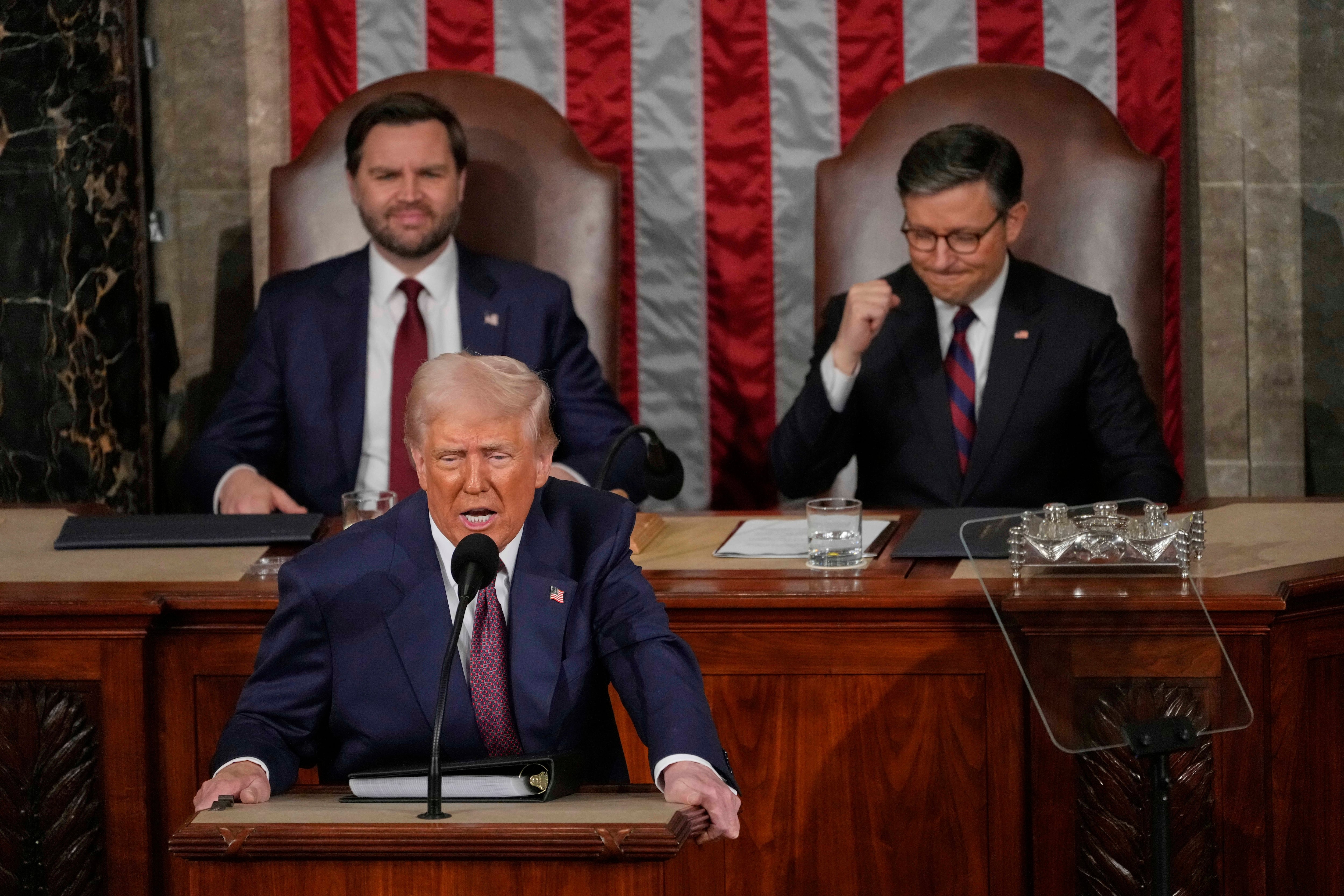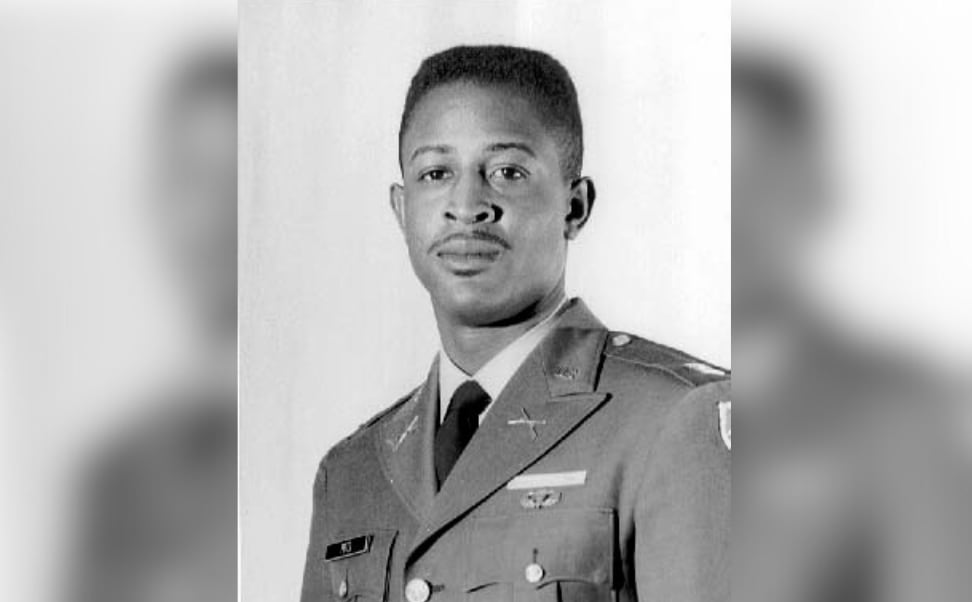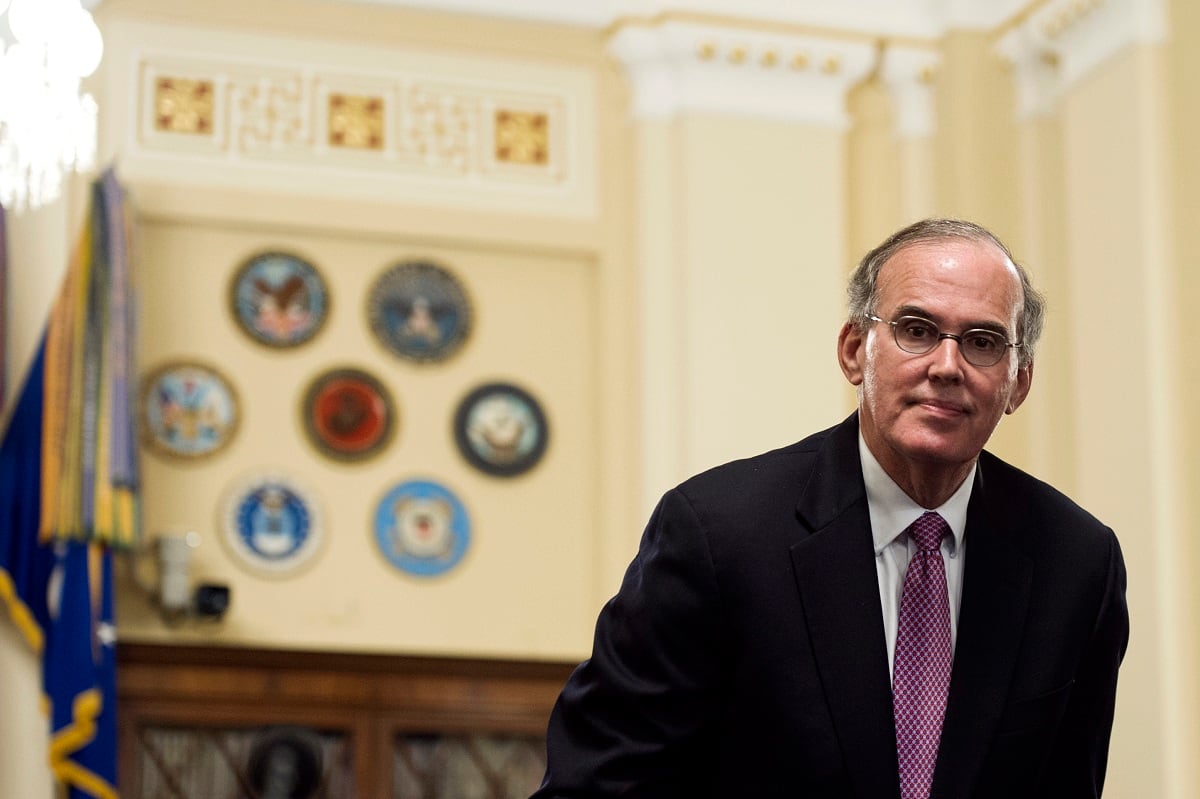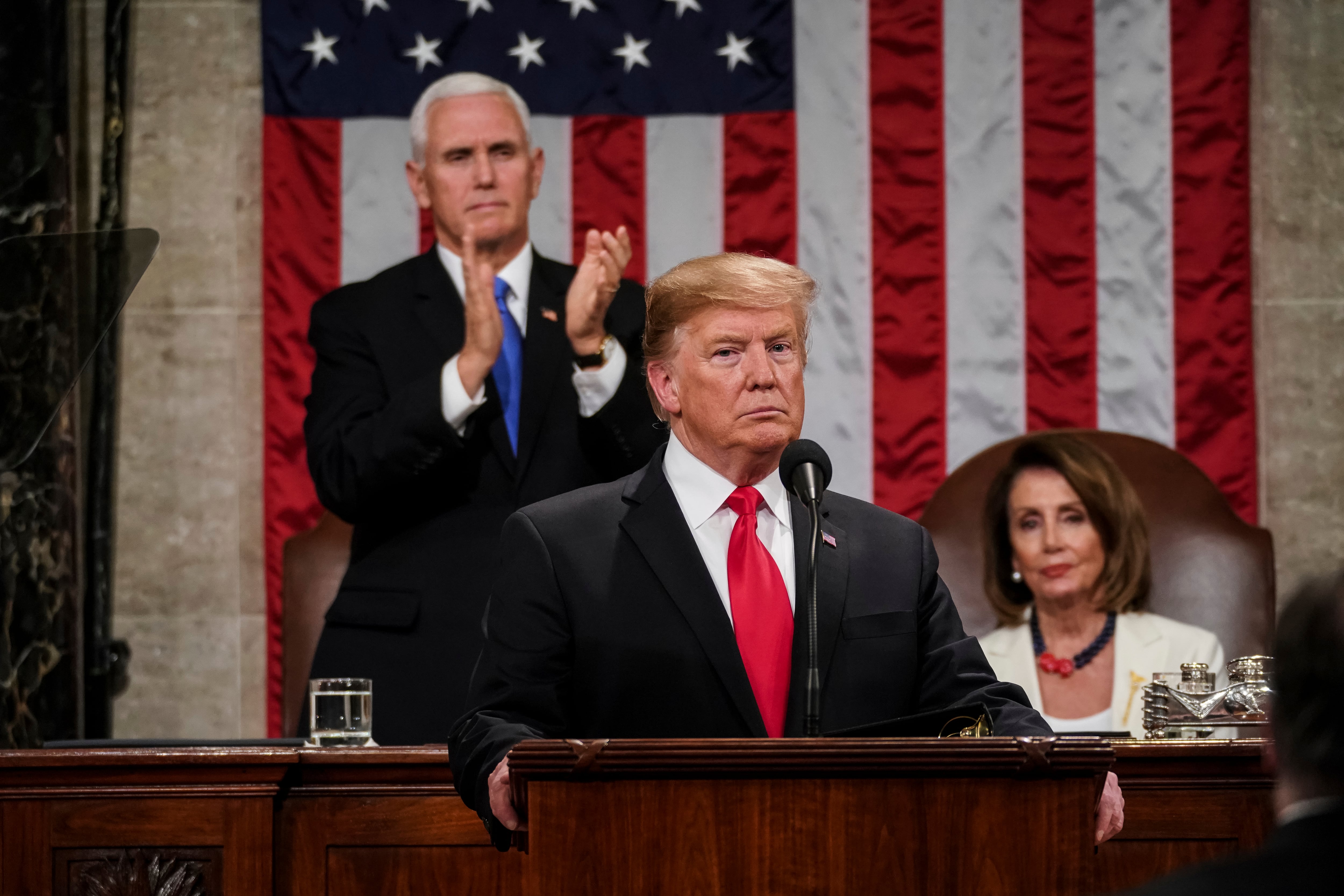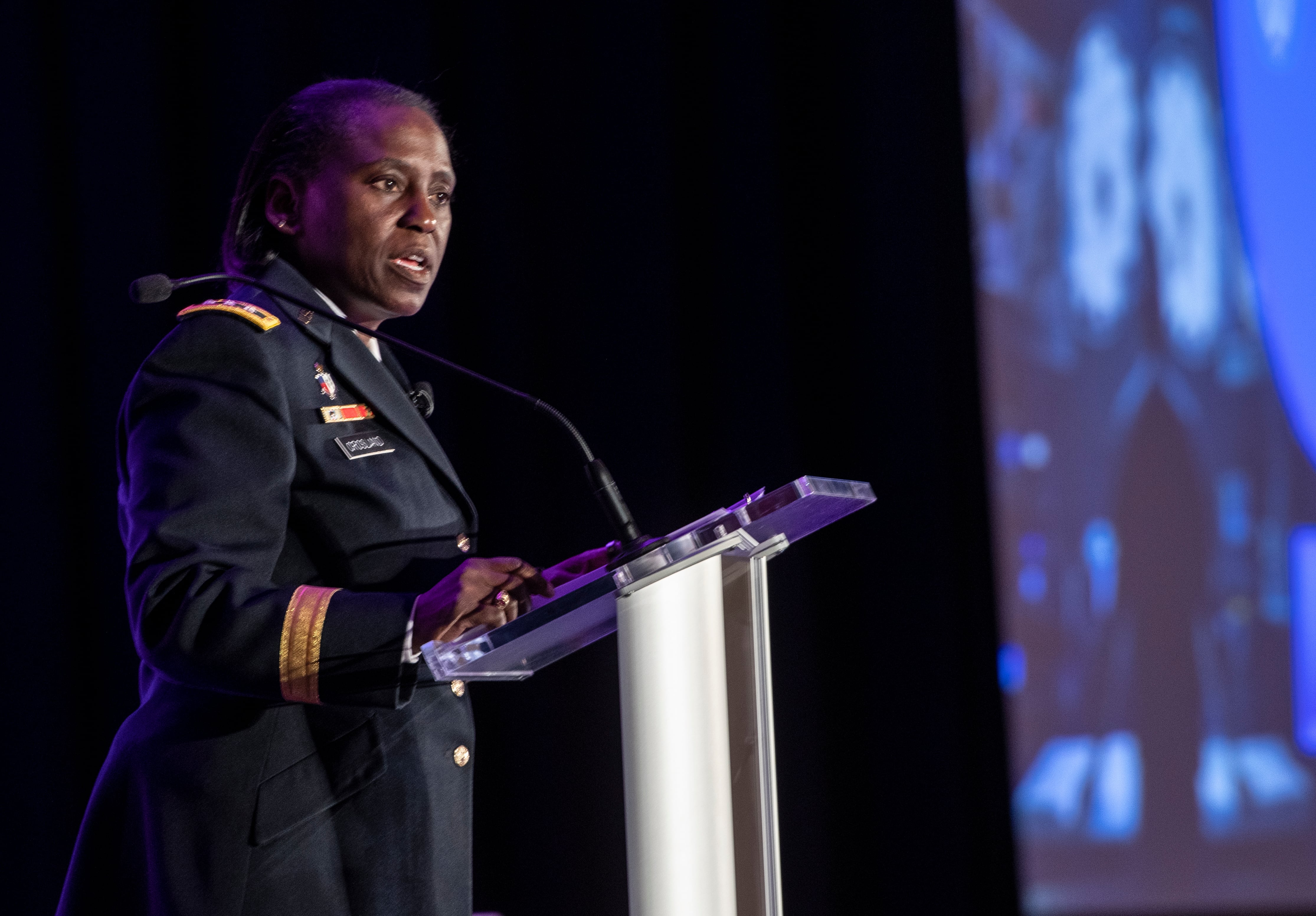source GAIA package: Sx_MilitaryTimes_M6201310304210004_5675.zip Origin key: Sx_MilitaryTimes_M6201310304210004 imported at Fri Jan 8 18:18:09 2016
DESTIN, Fla. — Retired Col. Dick Cole poked his head out of the window of the B-25 Mitchell, its massive propellers spinning and engine sputtering. It had been 71 years since he flew in the same type of plane for the Doolittle Raiders' bombing mission to Japan that ultimately set into motion the strategic moves that ended with Japan's naval defeat at Midway.
Now 97, Cole showed he still has the right stuff as he took the controls of the B-25.
"It's the same as it was then," he said. "All I did was prove how rusty I am."
The flight in the B-25 was part of the final Doolittle Raiders reunion April 17-21 at Fort Walton Beach, not far from the Eglin Field airstrip where crews trained to get the lumbering Mitchell off the ground in 500 feet to mimic their takeoff on an aircraft carrier.
Larry Kelley, who owns the vintage B-25 aircraft that Cole flew April 17, choked up when trying to explain what it meant to him to meet Cole and the other raiders over the past several years.
"Here are some of the most famous aviators that came out of World War II, and they've never put a nickel in their pocket for notoriety," he said.
Instead, any money from book signings and appearances has always gone to the James H. Doolittle Scholarship Fund for aviation students.
Kelley said sitting beside Cole while Cole took the controls of the B-25 and landed the aircraft was a highlight of his life as a World War II and aviation buff.
"Oh yeah, he did most of the flying today. He did the landing. He's dead on. I kept looking over the altimeter. I told him to hold 1,500 feet and I kept looking at the altimeter and it was dead on, not 1,499 feet, not 1,501 feet. He had the altimeter pegged at 1,500 feet," he said.
The surviving Doolittle Raiders have held reunions to carry on the legacy of the mission. At every gathering, there is a case with 80 silver goblets inscribed with each raider's name. Only four remain upright; the rest are inverted for those who died in the raid or since. The surviving raiders offer a toast in remembrance to those who "gave their all in success of our mission, and to those who have joined them since."
The four who remain are: Cole; former Staff Sgt. David Thatcher, 91, a Silver Star recipient; retired Lt. Col. Edward Saylor; and retired Lt. Col. Robert Hite, 93. Hite did not travel to the reunion.
The importance of the reunion being the final one is "overblown," Cole said, "but apparently the public likes it so we have to live with it."
A private gathering will be held this year, where the final four will sip from a bottle of Hennessy cognac from 1896, the year mission commander James Doolittle was born, and toast one last time to all of those who made the mission.
In advance of the final reunion, the group's "sergeant at arms," Brian Anderson, has sought to get Congress to award the Raiders a single Congressional Gold Medal — similar to one awarded other groups, such as the Tuskegee Airmen and the Navajo Code Talkers — that will be displayed at the National Museum of the Air Force at Wright-Patterson Air Force Base, Ohio. So far, 12 senators of the necessary 67, and 82 representatives of the required 290 are onboard.
"I just want to get them the Congressional Gold Medal, and I don't care how I do it," Anderson said.
Hangar dedication
Saylor received more recognition when the 33rd Fighter Wing at Eglin Air Force Base named an F-35A hangar for him. Saylor, who was a crew chief for the bombing mission, was tasked with taking apart a B-25 engine and putting it back together so all 16 Mitchells could make the raid. The hangar is feet away from the flight line where the B-25 crews trained to make the short takeoff. It was the first time Army Air Forces planes would launch off an aircraft carrier.
"My reaction when I out found out we were bombing Japan from an aircraft carrier was that it was too far to swim back home, so we might as well go ahead with it," he joked with the audience of airmen and local dignitaries. "At the time of the raid, you know the war was on and it was just a mission we went on. We were lucky enough to survive it, but it didn't seem like that big of a deal at the time."
But having the hangar named for him was a "big deal" and "greatly appreciated," Saylor said.
———
The Associated Press contributed to this story.

